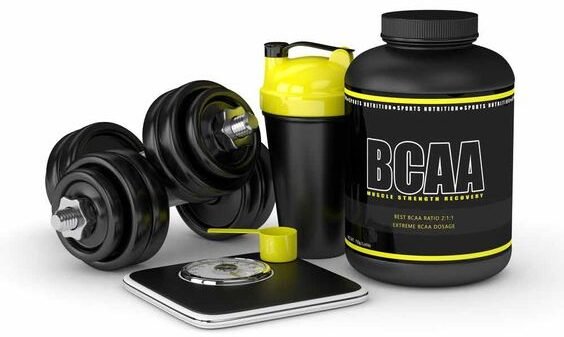If you’re a water baby, you may be wondering, “Can all dogs swim?” The truth is, it’s a common misconception that dogs and swimming go hand in hand. While many dogs do have a knack for treading water, not all dogs are naturally gifted swimmers. For puppies with flat faces or short legs, swimming can be a huge physical challenge.
That said, with training (and proper safety gear), most dogs can learn how to float in the water. No matter what camp your dog falls into – outstanding swimmer or fledgling novice – you need to know about dog swimming before you enter a pool, lake, or beach.
Which dogs can swim and which ones can’t
A love of water is not universal among dogs. So which dogs love it and which are the “hard no’s” when it comes to water activities?
Many water-loving breeds have inherent features that enhance their swimming ability, such as webbed feet and thick, waterproof coats (hello, Newfoundland!). . Hounds and spaniels also like to swim – and they’re usually good at it.
But there are other dogs that struggle in the water because of their size. Think of short-headed dogs like pugs and boxers. These dogs tire easily and have a hard time keeping their muzzles above the water. Short-legged dogs like dachshunds and corgis may not be able to power themselves through the water. Stout breeds with large chests and small hindquarters, like pit bulls, often find it difficult to swim.
Finally, some dogs can technically swim, but prefer to stay on dry land. These water-averse canines may be nervous about water or hate getting wet. (Click on the link to find the best dog for you).
These are, of course, broad generalizations, and there are many dogs that enjoy swimming – even if most of their fellow breed members do not. So while your Frenchie will not be a typical candidate for the swim team, a love of swimming is indeed a personal preference.
Dog Swimming Safety Tips
Whether your dog is the next Michael Phelps or he’s dipping his paws into the water for the first time, it’s important to establish safe drinking habits. As a rule, beginners should start in calm, shallow water. If your water-shy pup needs extra reassurance, try wading in the water yourself to show him that everything is safe. Gentle encouragement is fine here, but you should never throw a reluctant swimmer into the water – it can be counterproductive and lead to a fear of water.
A dog life jacket is a good investment for beginners and less capable swimmers. Life jackets keep your dog’s hindquarters level in the water, and they share the effort needed to stay afloat. They also make your dog more visible and can even keep him warm in the water.
Where can I take my dog to swim?
When you and your dog are ready for an adventure, you have a few options. In general, swimming pools are considered safe for dogs (as long as you have some extra hair in the filter no problem). In a well-maintained pool, the chlorine level will be diluted to the point where it won’t harm your dog’s skin or coat. Just don’t let your pet drink a lot of pool water or they may get an acid stomach.
Don’t have a pool? Check your local dog-friendly beach to see if they offer the increasingly popular doggie swim days. Another option is to purchase your dog his own dog pool. While their smaller size may not allow your pet to swim adequately, dog pools offer a convenient way to cool off in hot weather.
What equipment does my dog need to swim?
- Dog Life Jacket: This smart safety precaution keeps your dog level, visible, and above the water.
- Dog towel: A functional microfiber dog towel allows your dog to dry off instantly.
- Floating dog toys: Floating toys can extend pool time and may increase your dog’s interest in swimming.
Final Thoughts
Swimming is a great way to exercise together this summer for as long as your dog is willing. And don’t forget camping, hiking, and boating: sharing these warm-weather activities with your domesticated dog will make them even more memorable.
Read Also: Adopt Behavior For Your Dogs Too!





























































